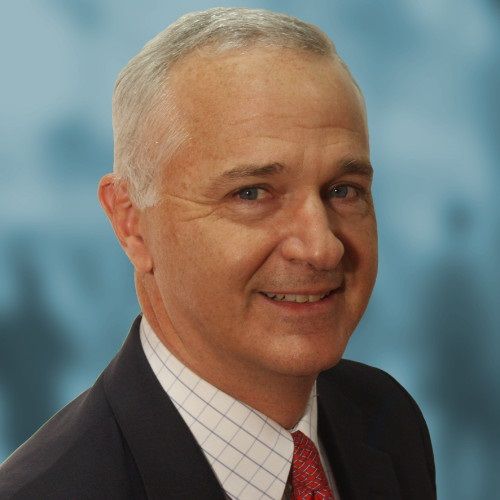Article
Viewpoint: The case for out-of-town referrals
Sometimes, the best place for care isn't the best place for the patient's finances or for family considerations. But sometimes it's still the best choice to make.
When the discomfort in his left eyelid wouldn't subside, Larry Kagan, MD, sought the advice of an ophthalmologist. And then another, then another, and another. None of them offered an answer, but one recommended someplace that might: a medical center in Michigan.
Michigan? thought Kagan, a family practitioner in Chesapeake, Virginia. "That's awful far to go without a diagnosis." And he knew he would require at least three trips: an initial consult, a likely biopsy, then a return visit for the results.
Eventually, a full-thickness biopsy by a local physician revealed a rare and deadly disorder: sebaceous cell carcinoma, a cancer of the glands at the base of the eyelash.
Such are the challenges physicians face in determining the necessity of out-of-town referrals for their patients: Sometimes, the best place for care isn't the best place for the patient's finances or for family considerations. But sometimes it's still the best choice to make.
Kagan found his answer in much the same way his own patients might: He sought information online, mining for experts who had authored articles about his form of cancer. Finally, and with input from colleagues, he settled on the Wills Eye Institute in Philadelphia. Top specialists in the Chesapeake area had seen maybe three cases of sebaceous cell cancer in their careers, Kagan learned. Wills handles three or four cases every week. What's more, Philadelphia-unlike Michigan-was a convenient plane ride away.
Despite astounding advances in medicine across America and beyond, almost every malady known to man still has its "Mecca"-an institution relied upon for its unparalleled expertise. The road to Mecca isn't necessarily that long, though the path isn't always so clearly marked.
With this in mind, Medical Economics is proud to present the first in a monthly series of Clinical Centers of Excellence-profiles of the top institutions for primary care referrals across the United States, according to specialty. Beginning on page 17, we chronicle four centers renowned for their expertise in dermatology: The Mayo Clinic, the University of Michigan Health System, Wake Forest University Baptist Medical Center, and the University of California, San Francisco Medical Center.
Of course, the decision to refer a patient is not to be taken lightly. Sending someone cross-country for a single consultation is one thing; establishing a relationship of ongoing care at that institution is another. Regardless of prognosis, the patient's means and convenience of care must also be taken into account.
Kagan considers three key questions when deciding whether to refer a patient out of town:
Kagan refers patients outside of the Chesapeake area only a couple of times each year, typically for cancer, and usually to receive some form of experimental treatment that is unavailable elsewhere.
That was the case at Wills Eye Institute, where he underwent liquid nitrogen treatment-literally freezing his eyeball-followed by a form of chemotherapy delivered as eye drops, a non-commercial substance manufactured by a compounding pharmacy.
Since Kagan's own problem began in the summer of 2007, he has endured five eye surgeries and made at least seven trips to Philadelphia. So far, the extra effort has proven worthwhile: At his last visit to Wills in October, he was told to return in a year.
"They say I'm cancer-free," he says today, a year and a half after his ordeal started. He still faces some residual problems with his vision, and he's considering a sixth surgery to repair scarring on his cornea. But he also knows that his referral has been rewarded with justifiable optimism. No doctor-or patient-could ask for more.
Erich Burnett Editor-in-Chief
Send your feedback to [email protected]
.





